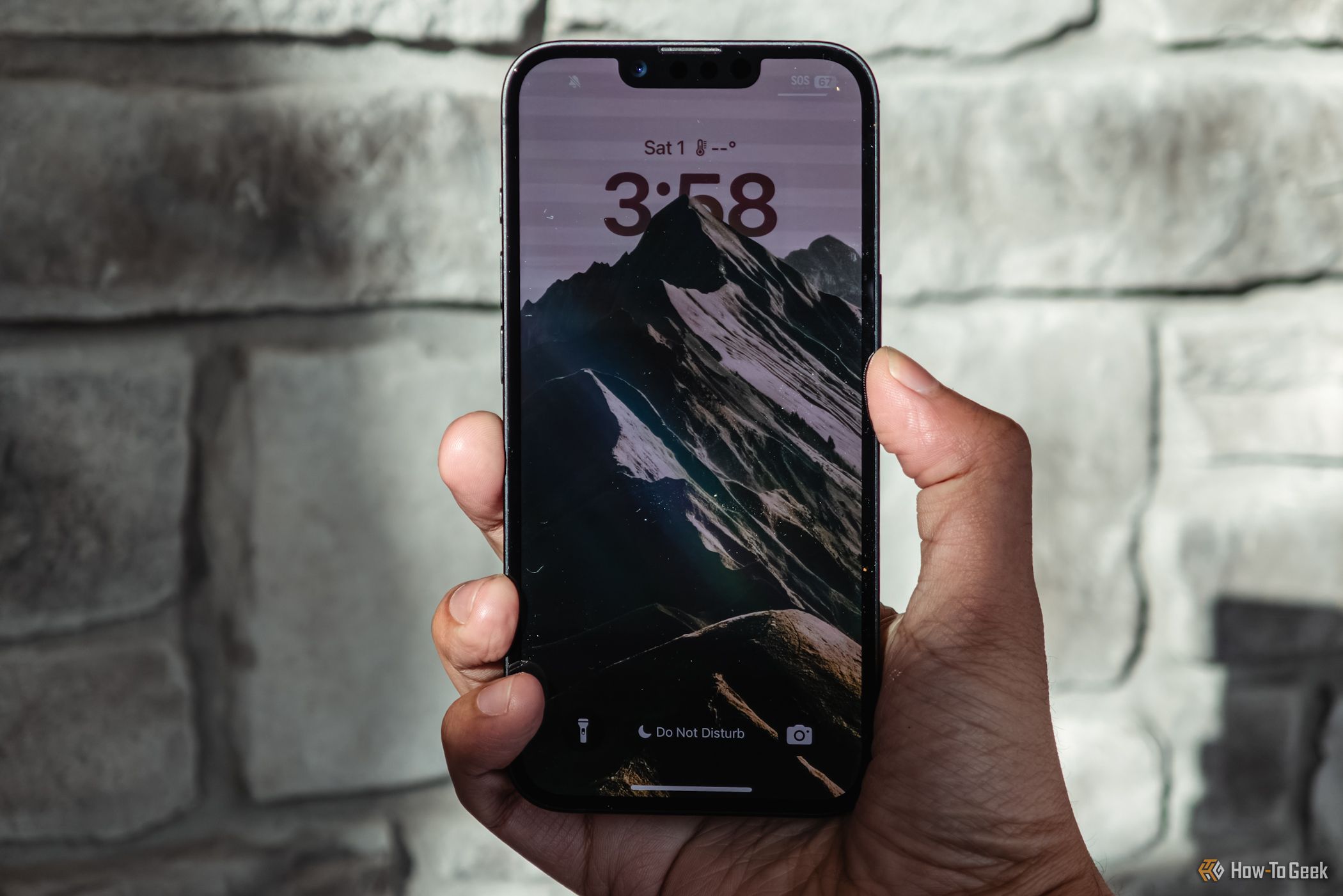When It’s Time to Stop Watering Your Lawn, Trees, and Garden in Fall

Yesterday I was on a call with a gardening friend who lives in the southern U.S. and we get into a familiar debate—when is the right time to stop watering? We’re both suffering from the same problem: It feels like the right time of year to turn off the hoses, but we don’t want to do it too soon and harm (or kill) our plants.
By the end of the conversation, I realized trusting a gut feeling wasn’t going to help, I decided I needed to base my watering decisions on concrete metrics—and you should too. If you’re suffering from the same decision fatigue, here’s what to consider before you decide it’s time to turn the spigot off.
Don’t worry about your lawn
When to stop watering your lawn is the easiest decision, because there are only two questions you need to ask yourself: What’s the overnight temperature, and is there a risk of frost? The latter trumps everything, so as soon as the temperature drops that much, turn off your sprinklers and bleed your sprinkler system of air for the season.
If there isn’t a risk of frost quite yet, then it’s a matter of overnight temperatures. Temps overnight are always lower than during the day due, of course, and they’re the temps that count. When overnight temps dip below 40 degrees, cut the water.
To be clear, though, you should start ramping down your lawn watering long before that happens. As the weather cools, there’s less evaporation, which means your lawn needs less water. Consistent, deep, at-the-root watering is best for all your plants, including your lawn, but the need for water is just naturally lower when it isn’t so hot out.
Your trees may need winter watering
People tend to fall into two camps when it comes to trees: over-waterers and under-waterers. Most of us fall into the latter category. I myself am guilty of forgetting that the gigantic trees on my property cannot self sustain, and need a deep drip watering occasionally, particularly in late summer. Once autumn arrives, it’s time to start cutting back, as this will help trees settle into fall behavior, including dropping their leaves.
There are some exceptions to this rule, however, and with some parts of the U.S. facing drought conditions, they’re important to pay attention to. If your ground is super dry throughout the winter, you should continue to water your trees. Do so only when the temperature is over 40 degrees (water can’t permeate frozen ground and you don’t want to damage your plants), only do so if the ground needs it. To find out, dig a six inch hole near the tree. If the soil is dry that deep down, it needs to be watered. If it’s moist, leave the tree alone.
If you planted new shrubs or trees this year, or you have shallow rooted trees, continued winter watering is particularly important. Dehydration causes your trees to be stressed, and that can lead to tree damage.
Your vegetables still need water to germinate
As you plant fall gardens and get your seeds and starts into the ground for your root vegetables and other hardier plants, they’re going to need water, even in fall. Seeds always need water to germinate, so if your vegetable seeds are not getting enough moisture from the environment, you have to take care of it for them. However, if you’re germinating seeds, it may be preferable to switch to overhead hand watering rather than using a drip line, to ensure your seeds get thoroughly saturated.
When it comes to your small vegetable starts, their roots are not yet developed enough to access water deep below the soil surface, so surface or drip watering is still important.
Stopping watering is one part of winterizing your yard
Most importantly, don’t risk damaging your irrigation system by waiting too long to stop watering. Get it drained before there’s a risk of a freeze. (And while your out there, remember the important role mulch plays in keeping moisture in the ground, which will help your plants











